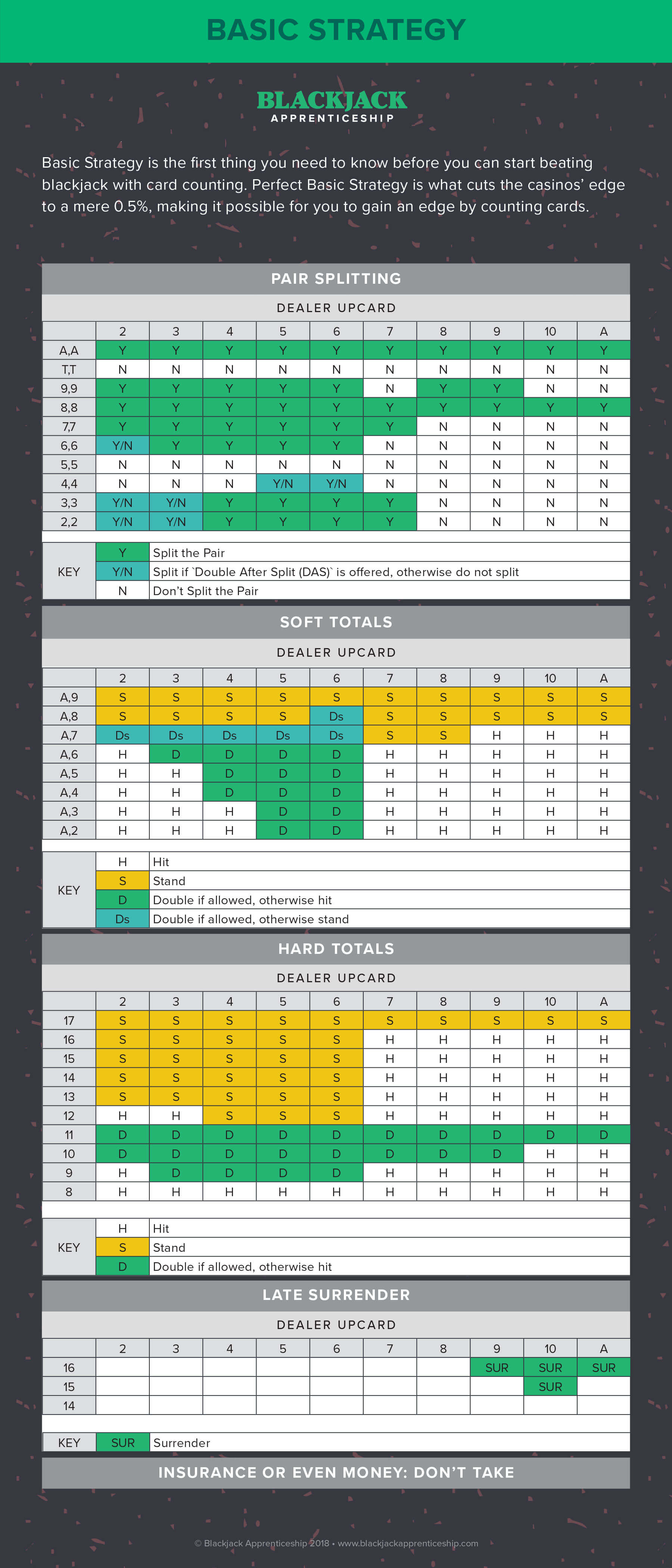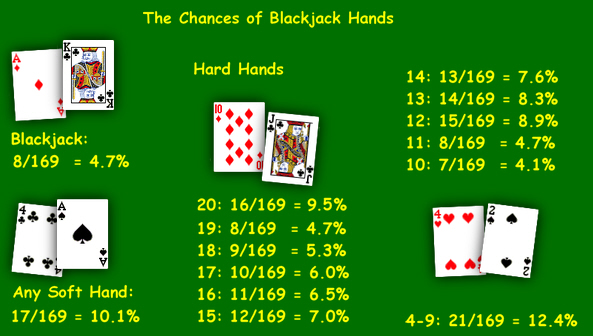Blackjack Split Rules
The disadvantage of splitting cards in blackjack. Like all forms of gambling, when you split blackjack cards, you must weigh up risk against reward. While you stand to win twice as much in a hand by splitting, logic dictates that you can also lose twice as much if it goes wrong.
- Splitting in Blackjack. You can split in the game of Blackjack when the cards that you are holding match each other. You can also sometimes split when the cards have equal value. Some casinos permit you to split any two face cards even if these two face cards do not match each other (i.e. Two Queens just of a different suit).
- Doubling down is an exciting move to make in blackjack – and profitable if you get it right. This is when you double your bet in the middle of a hand, after which you only receive one more card.

Splittingaces and eights is part of blackjackbasic strategy. Rules vary across gambling establishments regarding resplitting, doubling, multiple card draws, and the payout for blackjack, and there are conditional strategic responses that depend upon the number of decks used, the frequency of shuffling and dealer's cards. However, regardless of the various situations, the common strategic wisdom in the blackjack community is to 'Always split aces and eights' when dealt either pair as initial cards.[1] This is generally the first rule of any splitting strategy.[2]
Splitting[edit]
The object of blackjack is for a player to defeat the dealer by obtaining a total as close to 21 as possible without accumulating a total that exceeds this number.[3] In blackjack, the standard rule is that if the player is dealt a pair of identically ranked initial cards, known as a pair, the player is allowed to split them into separate hands and ask for a new second card for each while placing a full initial bet identical to the original wager with each. After placing the wager for the split hands the dealer gives the player an additional card for each split card. The two hands created by splitting are considered independently in competition against the dealer.[4][5] Splitting allows the gambler to turn a bad hand into one or two hands with a good possibility of winning. It also allows the player to double the bet when the dealer busts.[2] Some rules even allow for resplitting until the player has as many as four hands[4] or allow doubling the bet after a split so that each hand has a bet double the original.[6][7] The standard rules are that when a bet is doubled on a hand, the player is only allowed to draw one more card for that hand.[8][9]
Aces[edit]
A pair of aces gives the blackjack player a starting hand value of either a 2 or a soft 12 which is a problematic starting hand in either case.[2][10] Splitting aces gives a player two chances to hit 21.[11] Splitting aces is so favorable to the player that most gambling establishments have rules limiting the player's rights to do so.[2][10] In most casinos the player is only allowed to draw one card on each split ace.[8][10] As a general rule, a ten on a split ace (or vice versa) is not considered a natural blackjack and does not get any bonus.[6] Prohibiting resplitting and redoubling is also common.[2] Regardless of the payout for blackjack, the rules for resplitting, the rules for doubling, the rules for multiple card draws and the dealer's cards, one should always split aces.[10][12][13]
Eights[edit]
If a player is dealt a pair of eights, the total of 16 is considered a troublesome hand. In fact, the value 16 is said to be the worst hand one can have in blackjack.[10] Since sixteen of the other fifty cards have a value of 10 and four have a value of 11, there is a strong chance of getting at least an 18 with either or both split cards. A hand totaling 18 or 19 is much stronger than having a 16.[6] Splitting eights limits one's losses and improves one's hand.[10][11][12] Probabilistic research of expected value scenarios shows that by splitting eights one can convert a hand that presents an expected loss to two hands that may present an expected profit or a reduced loss, depending on what the dealer is showing.[14] A split pair of eights is expected to win against dealer upcards of 2 through 7 and to lose less against dealer upcards of 8 through ace.[15] If a player hits on a pair of eights, he is expected to lose $52 for a $100 bet. If the player splits the eights, he is expected to lose only $43 for a $100 bet.[16]
History[edit]
Blackjack's 'Four Horsemen' (Roger Baldwin, Wilbert Cantey, Herbert Maisel and James McDermott), using adding machines, determined that splitting eights was less costly than playing the pair of eights as a 16.[17] They were part of a 1950s group that discovered that strategy could reduce the house edge to almost zero in blackjack.[18] Now a typical strategy involves the following sequence of playing decisions: one decides whether to surrender, whether to split, whether to double down, and whether to hit or stand.[19]
One of the earliest proponents of the strategy of splitting eights is Ed Thorp, who developed the strategy on an IBM 704 as part of an overall blackjack strategic theory published in Beat the Dealer: A Winning Strategy for the Game of Twenty-One in 1962.[18][20][21] Thorp was the originator of the card counting system for blackjack.[18]
Notes[edit]
- ^Gros, p. 60
- ^ abcdeOrtiz, p. 56
- ^Gros, p. 48
- ^ abGros, p. 51
- ^Jensen, pp. 22–23
- ^ abcSchneider, p. 47
- ^Gros, p. 52
- ^ abSchneider, p. 49
- ^Gros, p. 50
- ^ abcdefJensen, p. 53
- ^ abJensen, p. 56
- ^ abHagen and Wiess, pp. 68
- ^Schneider, p. 48
- ^Hagen and Wiess, pp. 66–67
- ^Scoblete, Frank. 'Why Splitting Eights At Blackjack Is An Iron Clad Rule'. Golden Touch Craps. Retrieved 24 July 2009.
- ^Tamburin, Henry (25 October 1999). 'Splitting Aces and Eights'. Casino city Times. Retrieved 24 July 2009.
- ^Snyder, Arnold (2005). 'Blackjack Basic Strategy: Aces and Eights'. Player Magazine (republished).
- ^ abcGros, p. 44
- ^Jensen, p. 51
- ^Thorpe, Beat the Dealer as cited in Snyder, Arnold citation below
- ^Levinger, Jeff (10 February 1961). 'Thorpe, 704 Beat Blackjack'(PDF). The Tech. Retrieved 30 May 2009.
References[edit]
- Dunki-Jacobs, Frits. Betting on Blackjack: A non-counter’s Breakthrough Guide to Making Profits at the Tables. Adams Media. pp. 28–34. ISBN1-58062-951-2.
- Gros, Roger. The Winner's Guide To Casino Gambling. Carlton Books Limited. pp. 44–69. ISBN1-85868-899-X.
- Hagen, Tom & Sonia Weiss (2005). The Everything Blackjack Strategy Book: Surefire ways to beat the house every time. Adams Media. pp. 66–68. ISBN1-59337-306-6.
- Jensen, Marten (2003). Beat Multiple Deck Blackjack. Cardoza Publishing. pp. 22–23, 51–56. ISBN1-58042-069-9.
- Ortiz, Darwin. Casino Gambling For The Clueless. Carol Publishing Group. pp. 55–59. ISBN0-8184-0609-7.
- Schneider, Meg Elaine. The Everything Casino Gambling Book (2nd ed.). Adams Media. pp. 47–49. ISBN1-59337-125-X.
- Thorp, Ed (1966). Beat the Dealer: A Winning Strategy for the Game of Twenty-One. Vintage. ISBN0-394-70310-3.
OBJECTIVE: The game is played against the dealer, and the object is to get as close a score to 21 as possible without exceeding that number. In order to win, you must beat the dealers’ total, however, if you go over 21 points that’s considered a bust and you automatically forfeit your bet.
OBJECTIVE: Each participant attempts to beat the dealer by getting a count as close to 21 as possible, without going over 21.
NUMBER OF PLAYERS: Up to 7 Players
NUMBER OF CARDS: One or More 52- deck cards

RANK OF CARDS: A (worth 11 or 1), K, Q, J (face cards worth 10), 10, 9, 8, 7, 6, 5, 4, 3, 2
TYPE OF GAME: Casino

AUDIENCE: Adults
Blackjack is a game of strategy and statistics. A good player will strive to consider all possibilities and choose moves that give the highest statistical chance for the greatest expected return.
OBJECTIVE:
The game is played against the dealer, and the object is to get as close a score to 21 as possible without exceeding that number. In order to win, you must beat the dealers’ total, however, if you go over 21 points that’s considered a bust and you automatically forfeit your bet.
CARD VALUES:
HOW TO DEAL:
HOW TO PLAY:
Can You Split Anything In Blackjack
DOUBLING DOWN:
Blackjack Rules Split Double
SPLIT:
PAYOUTS:
